Nikon has released retro-looking cameras before, notably the Df DSLR in 2013 and the Zfc in 2021. So, it shouldn’t be a surprise to see a third model, the Zf, equipped with a full-frame sensor and featuring some of the latest technology Nikon has to offer, all packed into a body that pays tribute to Nikon film SLRs of the eighties.
Due to its sensor and price, one of the most natural competitors for the Zf is Nikon’s own Z6 Mark II, released a few years earlier, but sharing a good number of specs. Let’s see how they compare!
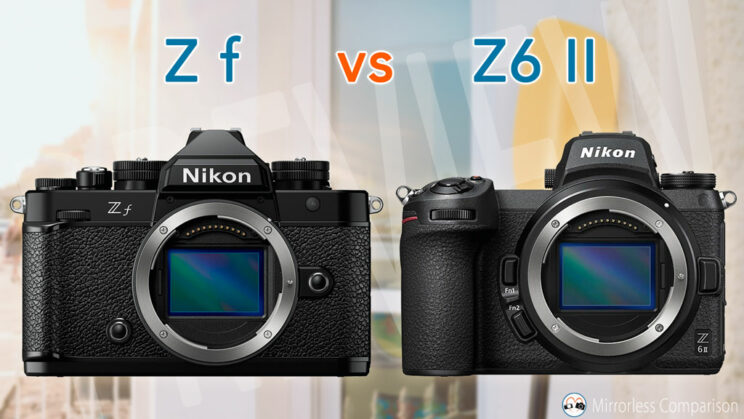
Ethics statement: the following is based on official specs. We were not asked to write anything about this product, nor were we provided any compensation of any kind. Within the article, there are affiliate links. If you buy something after clicking one of these links, we will receive a small commission. To know more about our ethics, you can visit our full disclosure page. Thank you!
1. Design
Without a doubt, the most important difference between these two cameras lies in the design. The Zf is based on Nikon’s FM2 film camera, launched in 1982, and is a tribute to the company’s old SLRs, just like the Df and Zfc models that came before it. Nikon has made the Zf even more retro-fashionable by offering it in 6 different colors, in addition to the standard all-black.
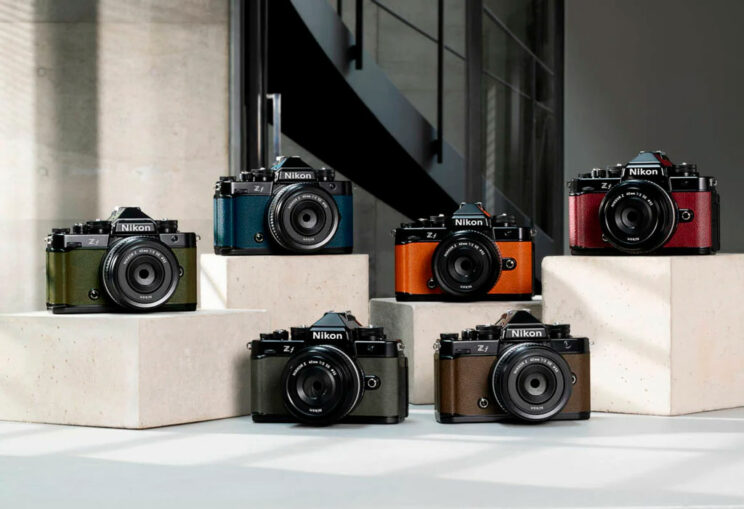
The Zf is wider and has a more rectangular design with less rounded edges. The front grip is almost non-existent compared to the Z6 II.
- Zf: 144 x 103 x 49 mm, 710g
- Z6 II: 134 x 100.5 x 69.5 mm, 705g
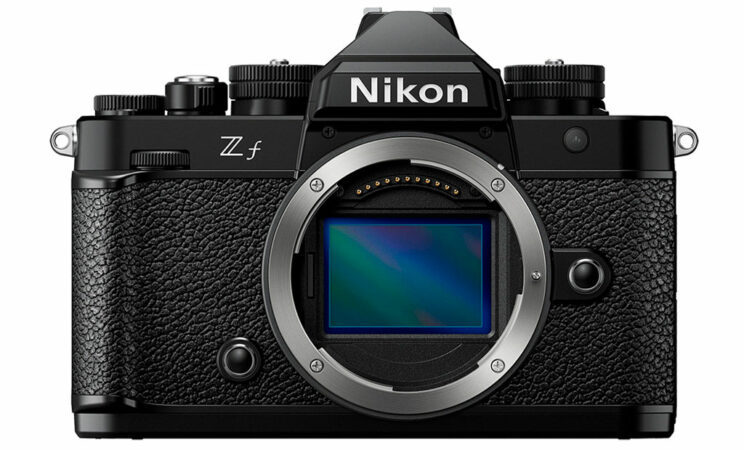
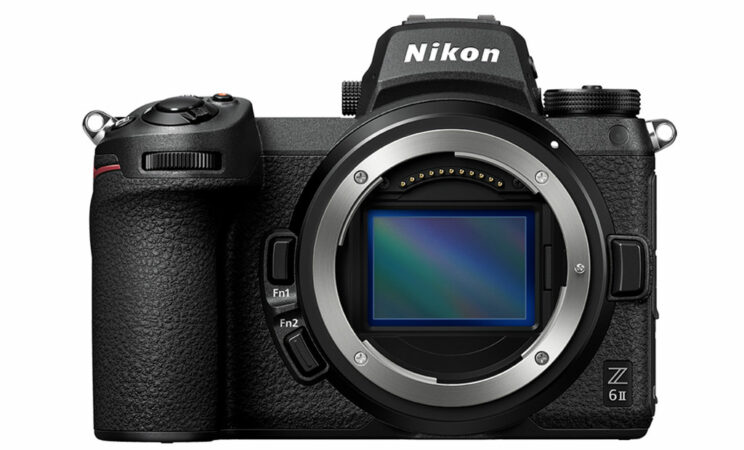
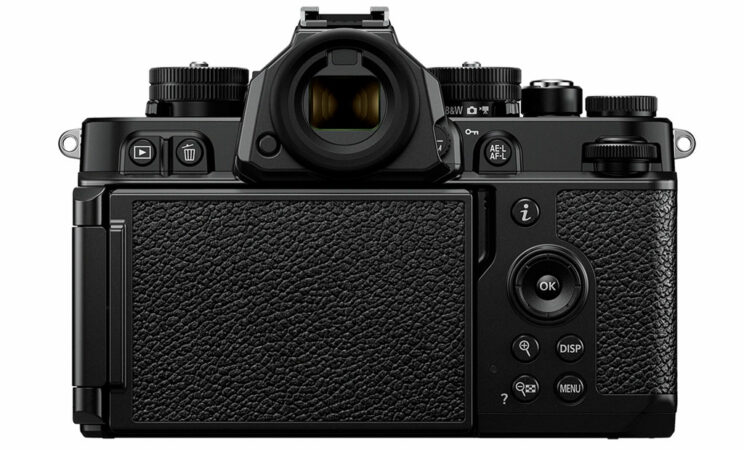
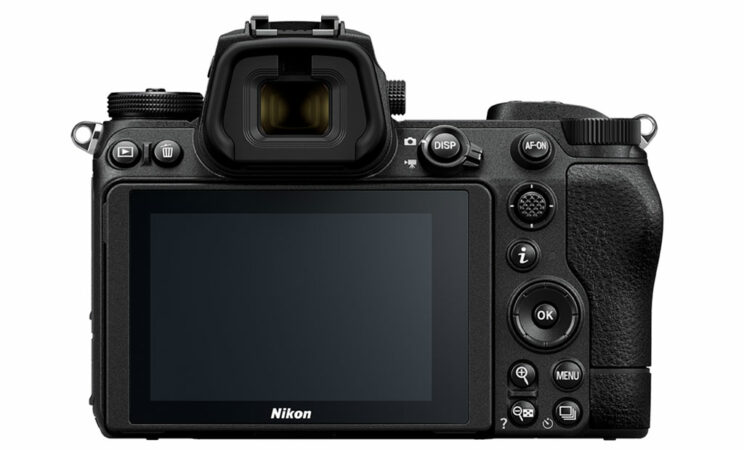
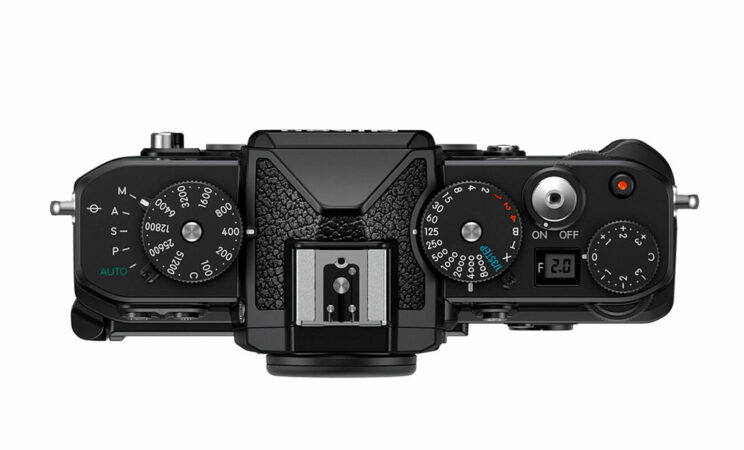
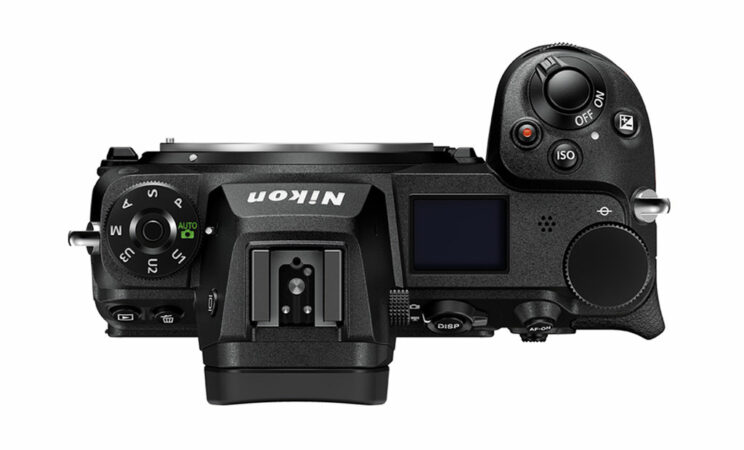
Both cameras are weather-resistant, but the Z6 II has extra controls: two function buttons at the front instead of one, and an AF joystick at the rear.
The Zf’s ‘vintage’ design includes an old-fashioned shutter speed dial, an ISO dial, an exposure compensation dial, and a small LCD screen that indicates the aperture value, reminiscent of the old frame counter on film cameras.
Both products use the same battery, the EN-EL15c, and their ratings are not too dissimilar.
- Zf: 380 shots per charge (LCD) and 360 shots (EVF)
- Z6 II: 410 frames (LCD) and 340 frames (EVF)
Note that only the Z6 II offers the possibility of attaching a battery grip.
They both have audio in and out (3.5mm), HDMI output (Micro on the Zf, Mini on the Z6 II), and a USB-C socket. The USB port can be used to charge or power the cameras (please note that it only works with EN-EL15c batteries, not EN-EL15a or EN-EL15 units).
2. Black & White
In addition to the standard Monochrome profile (referred to as Picture Control in Nikon’s terminology), the Zf introduces two new settings: Flat Monochrome and Deep Tone Monochrome. These options provide photographers who appreciate straight-out-of-camera black and white images with more choices.
Nikon has gone so far as to give the camera its dedicated physical control for black and white photography. This control is located between the photo and video modes on the lever situated under the shutter speed dial.
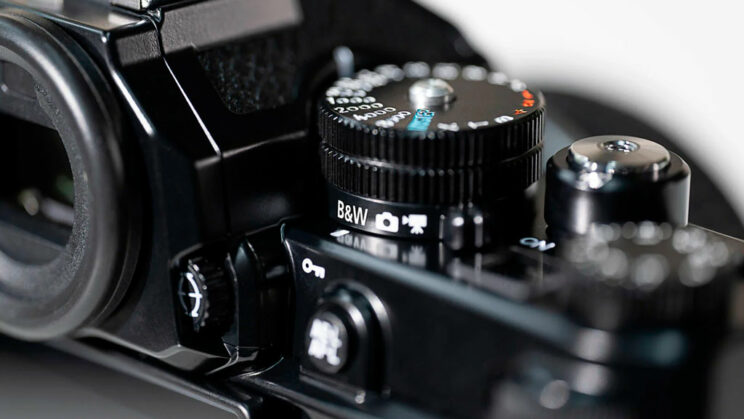
3. Memory Cards
The Zf features two card slots, but with a unique arrangement: one slot is for SD UHS-II cards, and the other, smaller slot is for Micro SD cards (UHS-I only). These are situated within the battery compartment.
In contrast, the Z6 II also offers two card slots, but are conveniently located on the side of the camera in their dedicated compartment. One accepts CFexpress Type B cards, while the other is designed for SD UHS-II cards.
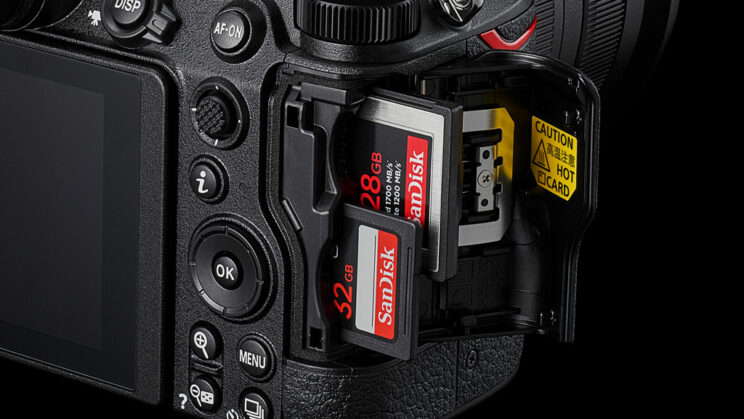
4. Monitors
The Zf comes equipped with a vari-angle LCD screen, while the Z6 II’s monitor only tilts up and down. Both screens share the same specs: a 3.2-inch size, 2.1 million dots of resolution, and touch sensitivity.
Additionally, the Zf introduces a new feature called ‘Touch Fn,’ allowing you to move the AF point using the touchscreen while using the viewfinder. This feature also lets you assign up to nine settings to different areas of the screen.
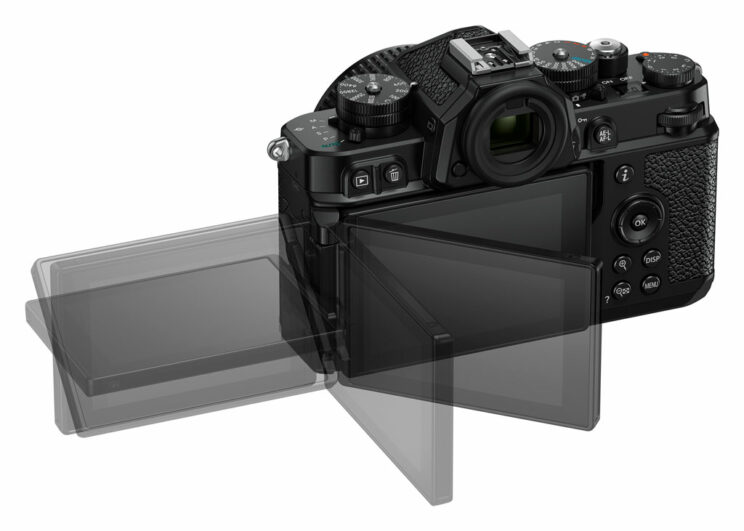
On the other hand, the Z6 II features a small LCD on top (Control Panel) for quickly checking basic settings on the fly.
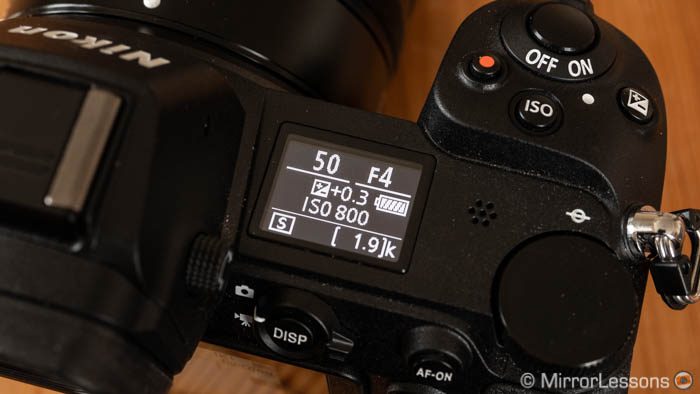
They share the same viewfinder specs, featuring a 0.5-inch OLED panel with 3.68 million dots of resolution, 0.8x magnification, and a 21mm eyepoint.
5. Sensor
Both cameras feature the same sensor, boasting 24.5MP. However, the Zf benefits from the faster image processor, the Expeed 7 (the same as the flagship Z9), which brings several advantages.
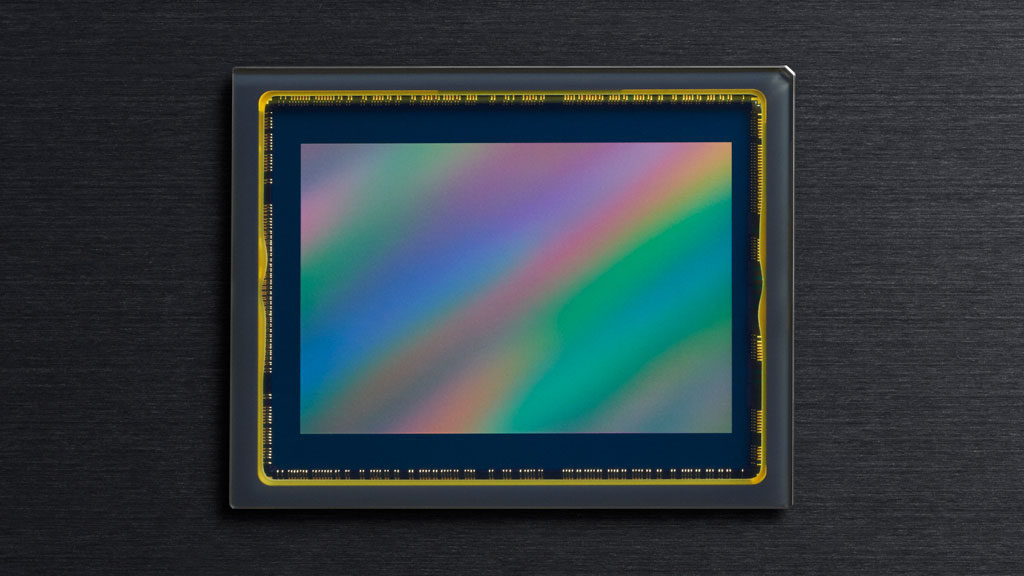
Firstly, there’s a slightly updated normal ISO range (the extended values remain unchanged).
Camera
Normal range
Extended range
Zf
100 – 64,000
50 – 204,800
Z6 II
100 – 51,200
50 – 204,800
Note that in video mode, both cameras offer a maximum normal range of 51,200 ISO.
Secondly, the Zf inherits the High-Efficiency RAW compression, previously seen on the Z8 and Z9 models. Additionally, it allows shooting in the 10-bit HEIF format as an alternative to the standard 8-bit JPG.
6. Autofocus
Both cameras share the same autofocus points (273, hybrid phase and contrast detection), but the Zf features more advanced subject recognition software (thanks to the faster processor). It can track a wide variety of animals, including birds, as well as various vehicles like cars, motorbikes, planes, and trains.
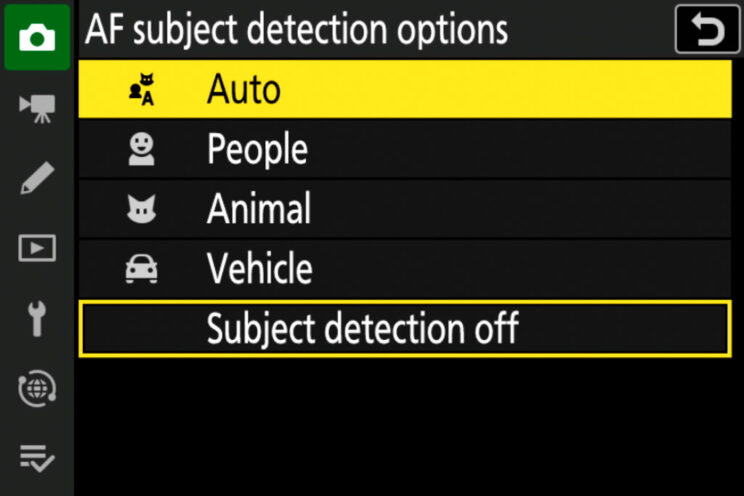
In contrast, the Z6 II can recognize humans and animals but has a more limited range with the latter, especially when it comes to birds.
The Zf offers more settings, including the ability to customize the size of the Wide-Area AF. Subject detection also works in Manual Focus mode, where the camera automatically moves the focus area to the detected subject so that you don’t have to do it yourself.
Furthermore, the Zf boasts better low-light performance, with an impressive rating of -10EV (measured at f/1.2 and ISO 100).
Comparatively, the Z6 II is rated at -4.5EV at f/2, which would be equivalent to -6EV with an f/1.2 lens.
When you activate the Low Light AF mode (S-AF only), the Z6 II rating becomes -6EV at f/2 (or -7.5EV at f/1.2).
7. Sensor Shift Mechanism
The Zf boasts an impressive 8-stop rating for its built-in image stabilization, which operates on five axes, making it the highest among all Nikon cameras. This 8-stop stabilization is maintained even when using F-mount lenses with the FTZ adapter.
In contrast, the Z6 II features sensor stabilization with a 5-stop rating.
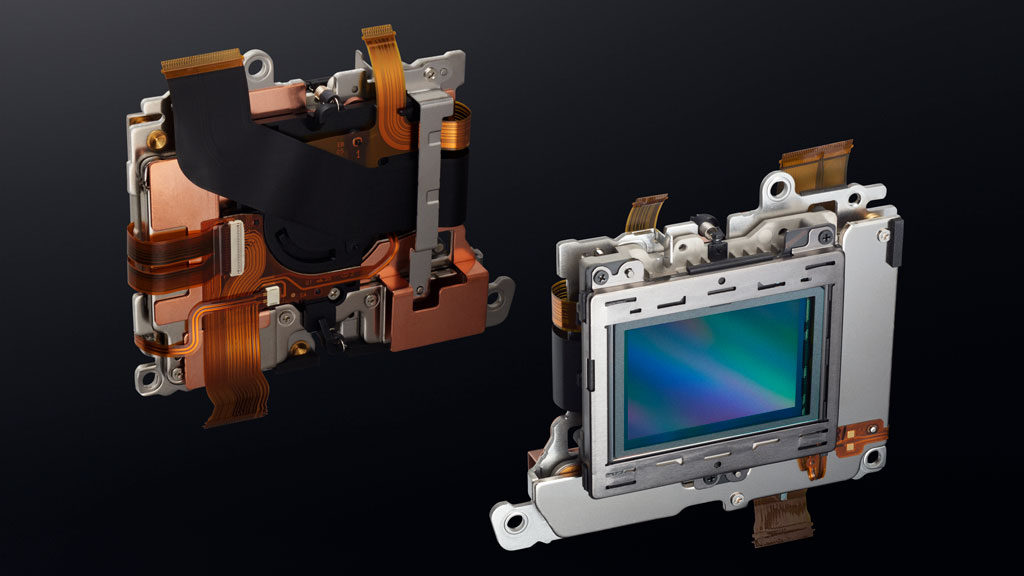
Another characteristic that sets the Zf apart is its ability to use the AF area as the reference point for correcting shakes, instead of the middle of the frame. This ensures more effective results when focusing away from the center, particularly with wide-angle lenses.
Lastly, the Zf is Nikon’s first camera to introduce the Pixel Shift Multi Shot function. It employs the sensor shift mechanism to capture multiple frames (up to 32 shots) while moving the sensor slightly between each frame. There are four modes available, including one that increases resolution up to 96MP. It’s important to note that this function must be used on a tripod and that Nikon NX Studio software is required to create the final image.
8. Drive Speed
The Z6 II can achieve a maximum of 14fps when shooting in JPG or 12-bit RAW, and 10fps when capturing 14-bit RAW images.
In contrast, the Zf can reach 14fps with any RAW type, and it takes speed to the next level with its C30 mode, where it records video at 30fps, allowing you to extract frames from it.
Additionally, the Zf offers a Pre-Release mode, allowing you to load images into the buffer before fully pressing the shutter button.
9. Video
While the retro-styled Zf may seem primarily designed for photographers, it surprises with a range of movie features that surpass the Z6 II.

Both cameras can record 4K at 30p without sensor crop, ensuring maximum quality. They can also achieve 4K at up to 60p, but with a DX/APS-C crop (1.5x). In Full HD, they max out at 120fps.
The Zf goes a step further by offering 10-bit internal recording with the H.265 codec. Additionally, the N-Log profile is not limited to HDMI output, as it is on the Z6 model.
The Zf also allows video recording in shutter priority mode, with automatic adjustments to ISO and aperture.
In terms of continuous recording, the Zf stands out, offering approximately 125 minutes (based on Nikon’s internal testing conditions), whereas the Z6 II is limited to 30 minutes per clip.
Finally, the Z6 II does offer the option of 12-bit RAW via HDMI, but you need to pay $200 extra for it.
10. Price
The Zf was launched with a retail price of $2000, £2300, or €2500 for the body only.
The Z6 II is available at a price of $2000, £2000, or €1950 (body only). As it is an older model, you can find it for less in the second-hand market.
Please note that these prices are as of September 2023.
Reminder: the links below are affiliate links. If you decided to buy something after clicking the link, we will receive a small commission.
Check the price of the Nikon Zf on
B&H Photo
Check price of the Nikon Z6 II on
Amazon | Amazon UK | B&H Photo | eBay
Conclusion
Nikon could have simply taken the tech inside the Z6 II and put it in a vintage body, much like they did with the Z fc APS-C camera (same hardware and software as the Z50). Instead, they not only delivered an appealing retro design but also took the time to enhance the technology within.
In many aspects, the Zf feels like the superior camera: it offers better autofocus, more video options, and Nikon’s most advanced image stabilization to date. Considering that the new price is very similar in some countries, the Zf is hard to ignore.
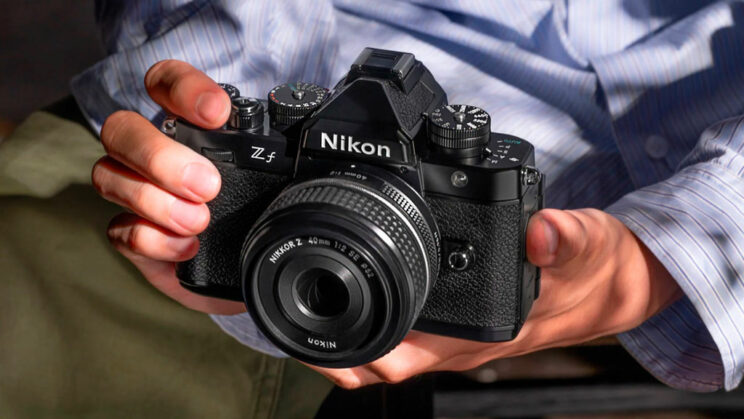
Does the Z6 II still have an advantage? I believe it does, particularly in terms of ergonomics and ease of use. It features a larger grip, more physical controls, and a better implementation of the dual card system, although investing in a CFexpress Type B card for the second slot will be more expensive compared to a Micro SD card.
I suspect that we may see a Z6 Mark III at some point in the future to further elevate the specs. In the meantime, the Zf stands as a serious competitor in the full-frame prosumer market, while also offering a very distinctive design.
Reminder: the links below are affiliate links. If you decided to buy something after clicking the link, we will receive a small commission.
Check the price of the Nikon Zf on
B&H Photo
Check price of the Nikon Z6 II on
Amazon | Amazon UK | B&H Photo | eBay
